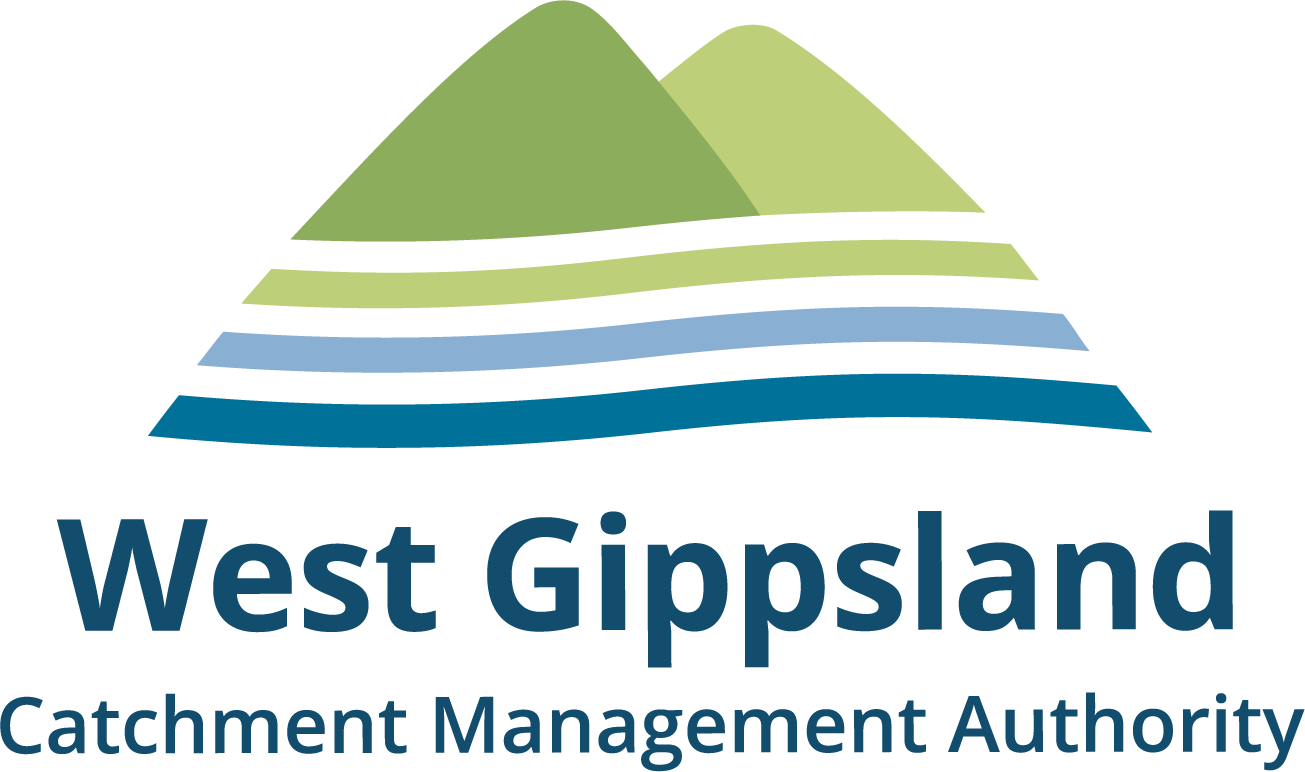Rivers connect landscapes and people and change as they flow through the catchment…
We are privileged to care for mighty rivers, world renowned wetlands and dynamic estuaries.
The videos below talk about the works that have been undertaken on the Agnes River and the partnerships along the way that are still being built today on the Corner Inlet project.
Rivers
The Thomson, Latrobe and South Gippsland river basins form our region. These basins have a direct influence on high value lakes and coastal environments including the Gippsland Lakes and Corner Inlet Ramsar sites.
In the north of our region, the Carran Carran (Thomson River), Wirn wirndook Yeerung (Macalister River), Avon and Perry rivers flow from alpine areas and the forested slopes of the Great Dividing Range. The Thomson and Macalister rivers have their flow regulated by the Thomson Reservoir, Cowwarr Weir and Lake Glenmaggie. The Avon and Perry rivers in the far east of our region are both unregulated.
The Durt-Yowan (Latrobe River) is in the central part of our region, featuring remnant forest through the Strzelecki Ranges and the Great Dividing Range. Blue Rock Dam and Moondarra Reservoir are two major storages on tributaries of the Latrobe and Lake Narracan is located upstream of the Yallourn power station.
The major rivers of South Gippsland include the Powlett, Tarwin, Franklin, Agnes, Albert and Tarra rivers. All of the rivers in the South Gippsland basin are unregulated, the Tarwin and Powlett catchments have on-stream storages for domestic water supply. These rivers all flow from the Strzelecki and Hedley ranges through productive agricultural land as well as areas of high conservation, including Wilsons Promontory and Tarra Bulga National Park.
Estuaries
The coast of our region has over 20 estuaries, these include brackish mouths of rivers and streams and coastal barrier lagoons.
Powlett River Estuary
The Powlett River Mouth is listed as a wetland of national significance and covers 580km². It is a beautiful spot popular with families and for recreational fishing. Many rare and endangered plant and animal species call this estuary home including:
- saltmarsh and coastal woodland vegetation
- fish including estuary perch and silver trevally
- birds including hooded plover, eastern great egret and orange-bellied parrot.
Wetlands and inlets
Over 1,500 wetlands are in our region, including internationally and nationally significant wetlands, together they total more than 44,000ha.
Heart Morass
Heart Morass is a large wetland wedged between two Ramsar sites, at the confluence of the Thomson and Latrobe rivers near Sale.
The wetland area was previously used for heavy grazing and it suffered from acid sulphate soils and salinity.
Corner Inlet
Corner Inlet is one of the most unique natural wonderlands in Australia supporting outstanding environmental values. It is listed as a wetland of international significance under the Ramsar Convention.
Corner Inlet is home to the amazing marine and coastal parks of Corner Inlet and Nooramunga, as well as the unique intertidal mudflats and barrier islands west of 90 Mile Beach.
Home for wildlife
Caring for catchments is caring for wildlife and its habitat. Discover the amazing diversity of plants, landscapes and animals that make West Gippsland’s catchment so special. Visit the West Gippsland Regional Catchment Management Strategy for more information.
There are many ways to get involved in protecting our region’s biodiversity. From Landcare groups to citizen science. Visit our Working together page to connect with something you are interested in.



